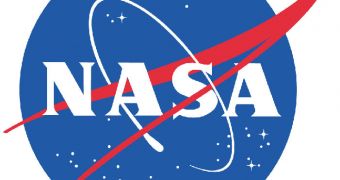Officials at the American space agency say that 16 teams have just completed carrying our a new series of reduced gravity flights, which were made available to them under the Facilitated Access to the Space Environment for Technology (FAST) program.
This is the third consecutive year in which NASA's FAST initiative provides numerous research teams with the possibility of carrying out experiments in reduced-gravity environments.
This year's participants included small businesses, university groups and NASA researchers based in Massachusetts, New York, Maryland, Florida, Ohio, Indiana, Texas and California, NASA reports.
According to representatives from the space agency, selecting the participating projects was a difficult task due to the high value of all proposals.
Ultimately, the team that were allowed into FAST were selected based purely on the prospective value that their work could have for the space agency, and also for their projects' development potential.
“University students from Florida to California, private companies and NASA centers all participated in this latest round of technology test flights,” explains expert Bobby Braun.
“This commercially-provided test platform allows small technology innovators a unique way to test systems before they reach the harsh and unforgiving environment of space, providing a proving ground at the high frontier,” the official goes on to say.
Braun is the Chief Technologist for the space agency, and is based at the NASA Headquarters. in Washington, DC. He then went on to detail the long-term purpose of the FAST program.
One of the things that NASA wants to do for many years is to diminish the level of risk associated with trying out new technologies during manned or unmanned space missions.
The agency cannot afford to carry our full tests of each new type of rocket, engine, valve, fuel tank, and so on. However, it strives to be as certain as possible that a mission will succeed.
The FAST flights appeared as a direct response to this need. They are flown on a Boeing 727 plane that is operated by Vienna, Virginia-based company Zero Gravity.
“The aircraft provides a series of short periods of reduced gravity lasting about 25 seconds,” NASA officials write in a press release.
“By repeating the maneuver, researchers obtain approximately 15 minutes of cumulative test time during each flight,” the announcement reads.
“Two flights with lunar gravity conditions and two flights with zero gravity conditions were conducted with approximately 10 projects and 25 to 30 researchers on each flight,” it concludes.

 14 DAY TRIAL //
14 DAY TRIAL //